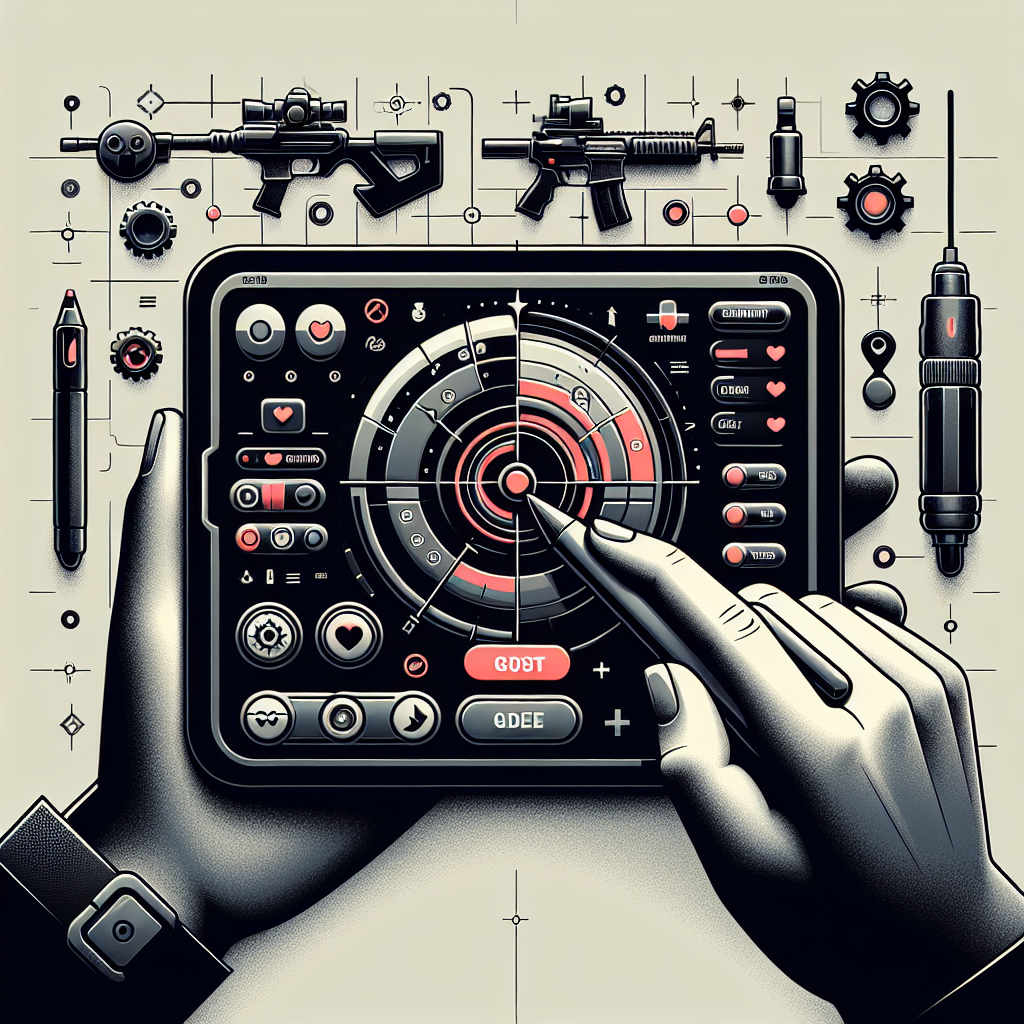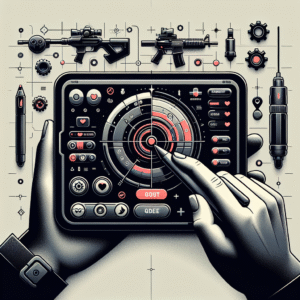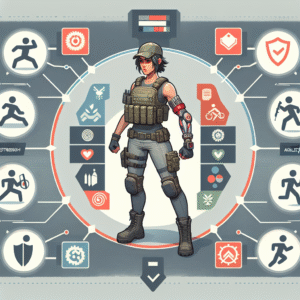Pro Sensitivity Settings in Free Fire for Better Aiming
Understanding Sensitivity Settings in Free Fire
Free Fire, a renowned battle royale game, demands swift reflexes and precise aiming to achieve victory. Sensitivity settings, which control how your character moves in response to your touch, play a pivotal role in achieving desirable outcomes. Established professionals in the game often credit their success to mastering these settings, allowing for swift headshots and fluid character movements. Thus, understanding and customizing the sensitivity settings to optimize gameplay is indispensable.
The Importance of Pro Sensitivity Settings
Sensitivity settings are essential for managing how fast your character reacts to gunfire and enemies, especially during intense combat. High sensitivity allows quick turns and fast aiming, while low sensitivity provides better precision and stability when shooting distant targets. Striking the perfect balance between speed and accuracy is crucial, as different weapons and gameplay situations require variable settings for optimal performance.
General Sensitivity Settings
- General Sensitivity: This setting influences your overall character movement and speed of view when swiping the camera. Most professional players opt for a high general sensitivity setting, typically between 85 and 100, to facilitate quick movement and scanning for enemies while maintaining control over character actions.
Red Dot Sensitivity Setting
The red dot sensitivity setting dictates how rapidly your aim target can be moved while using a red dot sight. A higher setting, usually between 70 and 85, parallels the general sensitivity, allowing swift adjustments to fast-moving targets. However, ensuring it doesn’t lead to an unstable aim during crucial shootings is vital.
2X and 4X Scope Sensitivity
-
2X Scope: The 2X scope facilitates mid-range combat. A setting from 65 to 75 is popular among pros as it balances the speed and control necessary for engaging enemies at this distance.
- 4X Scope: For long-range engagements, the 4X scope is vital. Players usually select a mid-range sensitivity setting between 50 and 65, providing just the right blend for accuracy and speed, crucial for sniping those challenging long-distance headshots.
AWM Sensitivity Setting
The AWM, a powerful sniper rifle, requires precision over rapid movements. Consequently, professionals recommend a lower sensitivity setting for AWM, usually from 40 to 50. This setting ensures you make minor adjustments necessary for precision targeting without overshooting your target.
Free Look Sensitivity Setting
Free look, often an overlooked aspect of aiming control, determines how quickly you can glance around the environment without moving your avatar. A setting of 65 to 80 is largely advocated by experts, as it allows comprehensive environmental awareness, facilitating prompt spotting of enemies without compromising on your aim.
Customizing Sensitivity for Personal Playstyle
While guided general settings serve as a starting point, personal playstyle significantly impacts sensitivity preferences in Free Fire. It is advisable to utilize training grounds to test and adjust these settings until one finds the optimal configuration most suited to their playstyle, thereby enhancing comfort and performance.
Pro Tips for Optimizing Sensitivity
-
Device Considerations: Higher device sensitivity can be utilized with greater accuracy. Modern smartphones and tablets provide different touch responses, necessitating adjustments to settings based on your specific device’s performance capabilities.
-
Claw Control vs. Two-Finger Technique: Higher sensitivity may benefit players employing a claw control technique due to its knack for rapid movements. However, for those utilizing the two-finger technique, moderate sensitivity may offer better control and precision.
- Regular Adjustments: Frequent revaluation and test sessions in training grounds ensure your sensitivity settings evolve along with your skill development and familiarity with the game.
Use the Training Grounds Wisely
Regular practice in the training grounds is imperative to understanding how changes in sensitivity settings affect overall gameplay dynamics. By simulating live combat scenarios sans the pressures of a real match, players can incise their aiming precision and reflexes with newfound settings, leading seamlessly to improved gameplay performance.
Headshot Strategy
Precision is critical for headshots, and optimal sensitivity settings are crucial to achieve this. A higher sensitivity setting allows quick flicks to the opponent’s head, maximizing damage and efficiency. However, mastering a stable aim is equally important, necessitating regular practice to synchronize high sensitivity with controlled aiming for successful headshots.
Balancing Run-and-Gun vs. Sniping
Depending on your role or strategic preference in the game, your sensitivity settings will vary greatly. Close combat players might favor high sensitivity for rapid engagement, whereas snipers or distance fighters would be better served by lower sensitivity for stability and precision.
Adhesion to Game Updates
Free Fire continually updates its mechanics and controls to enrich player experience. Therefore, being informed of new settings options and adjusting sensitivities upon major updates can harness any improvements in gameplay mechanics, ensuring you remain competitive in dynamic environments.
In-Game Assistance and Community Advice
Numerous online forums, YouTube tutorials, and expert players offer in-depth analysis and suggestions for fine-tuning your sensitivity settings. Engaging with the Free Fire community not only enhances your technical knowledge but can also provide additional tips and tricks that harmonize with your unique gaming style.
Customizing and mastering pro sensitivity settings in Free Fire fosters a tangible impact on gameplay, allowing each player to leverage their strengths effectively. Utilizing the myriad options available results in adept control, improved accuracy, and ultimately, a more competent and satisfying gaming experience.











Post Comment